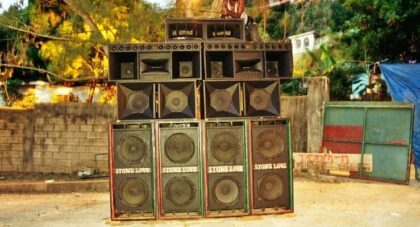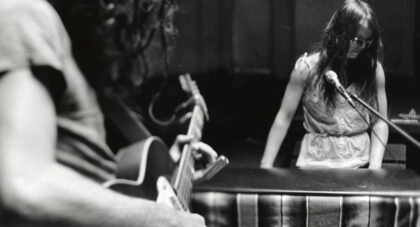Right as he finally began to be recognized as a proto-indie rock figurehead in the late eighties and early nineties, Alex Chilton found himself drifting toward the sounds of his youth. Right as people had begun clamoring for Big Star and the acerbic rock & roll Chilton wrote after that band’s end, he opted to crack open the Great American Songbook and channel his inner Chet Baker . . .
Only the good shit. Aquarium Drunkard is powered by its patrons. Keep the servers humming and help us continue doing it by pledging your support.
To continue reading, become a member or log in.


